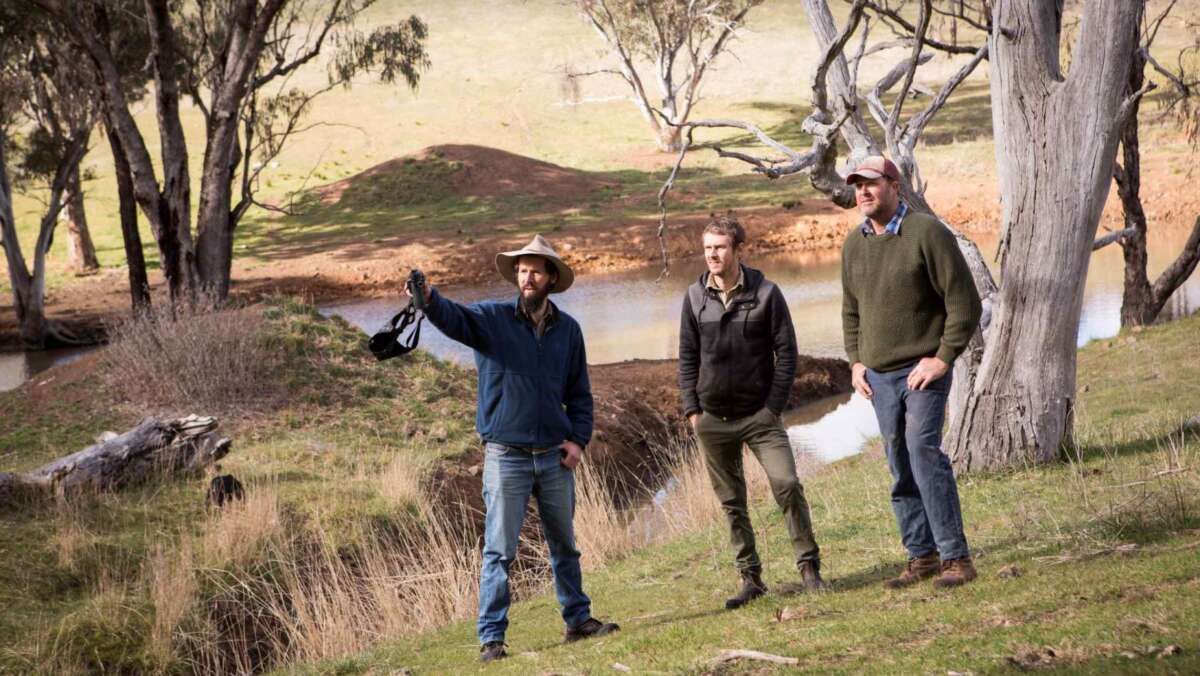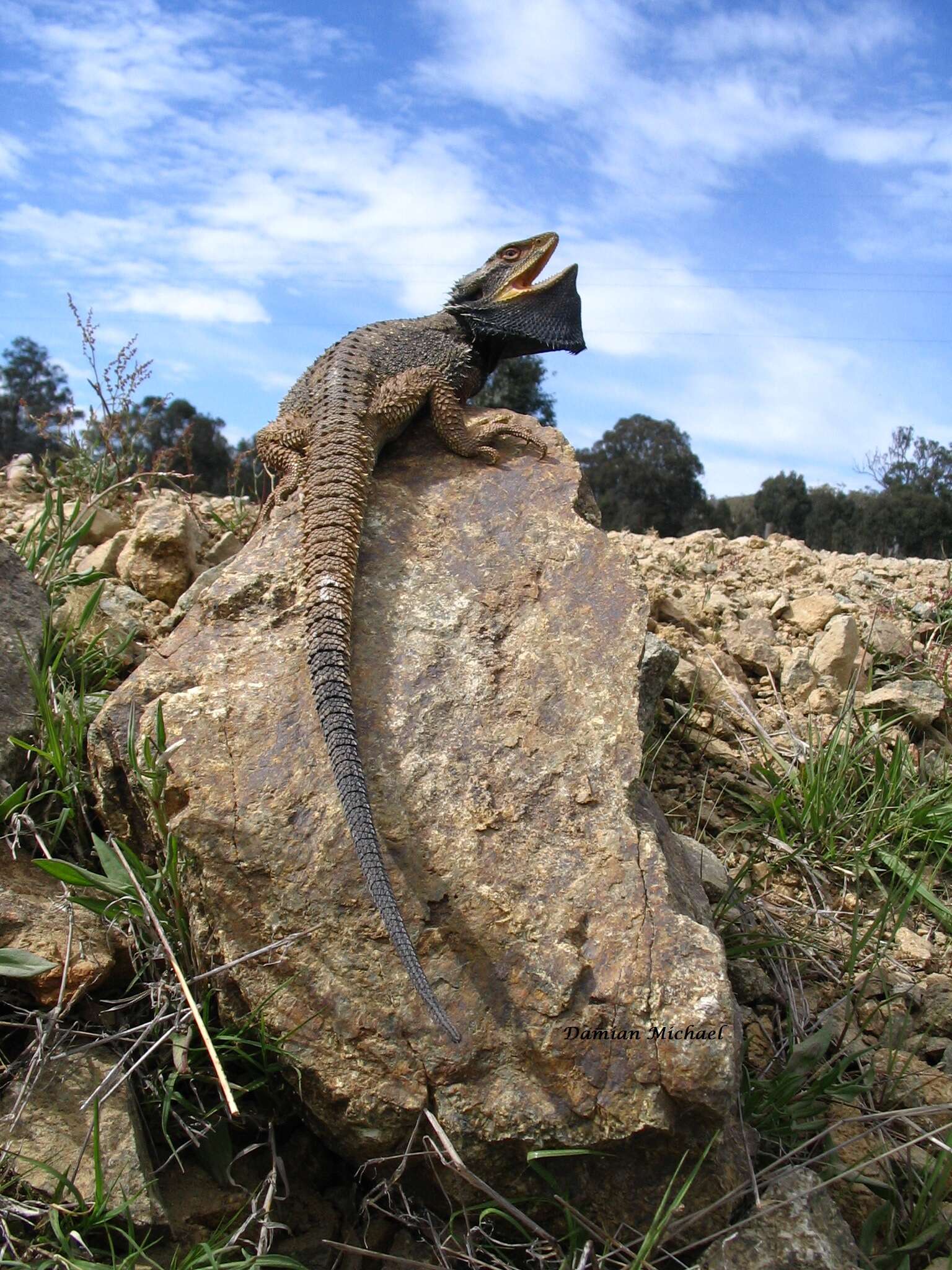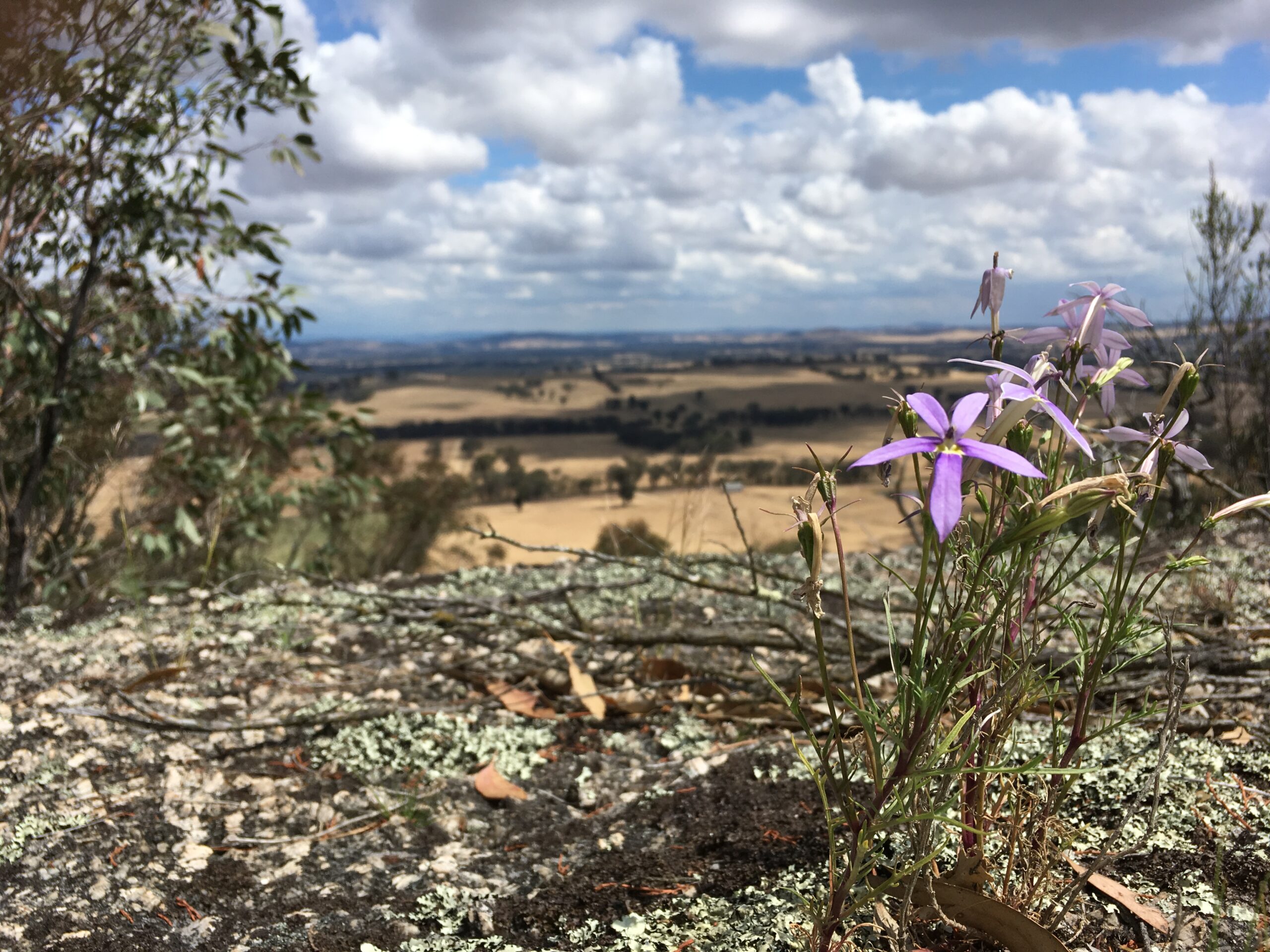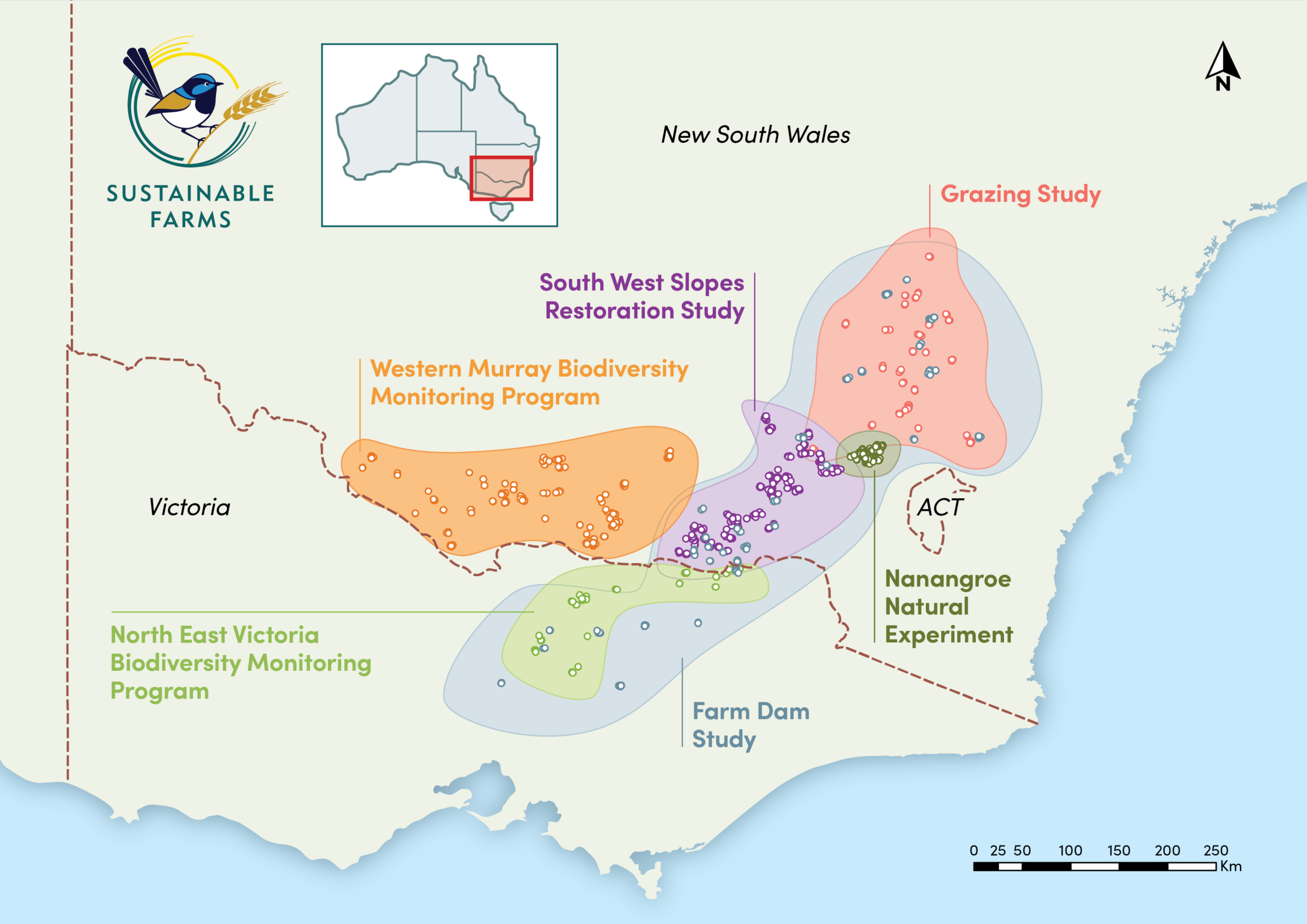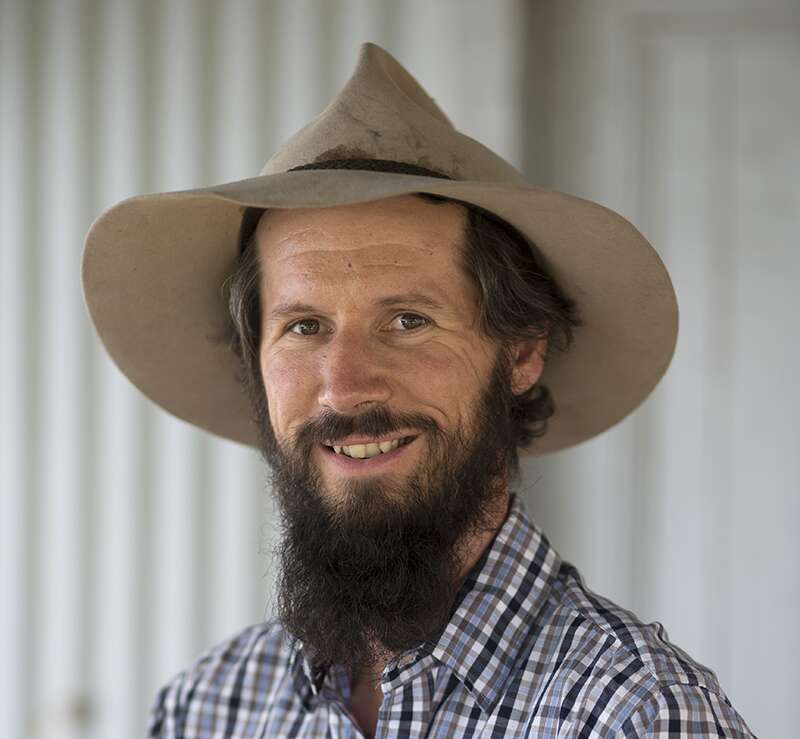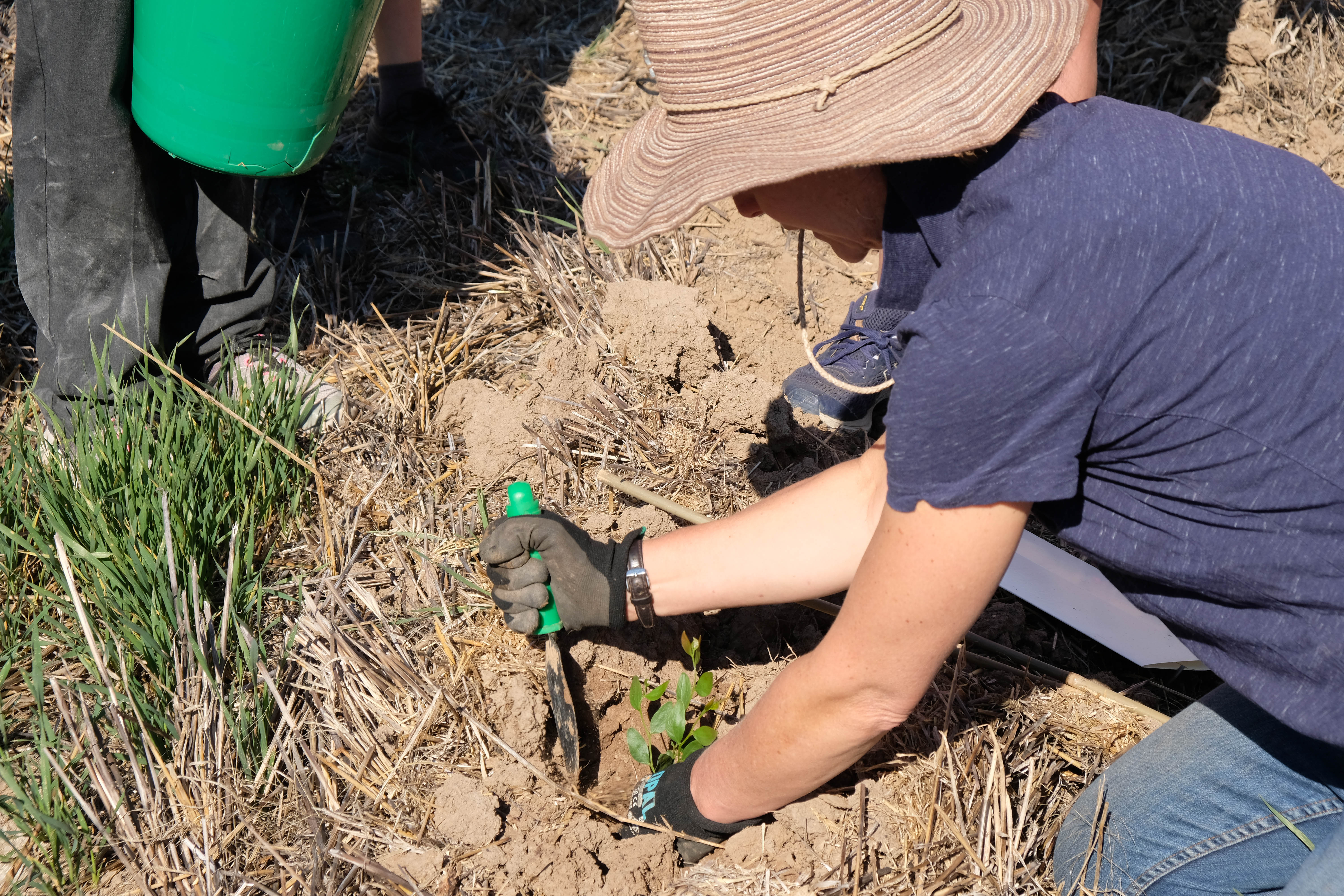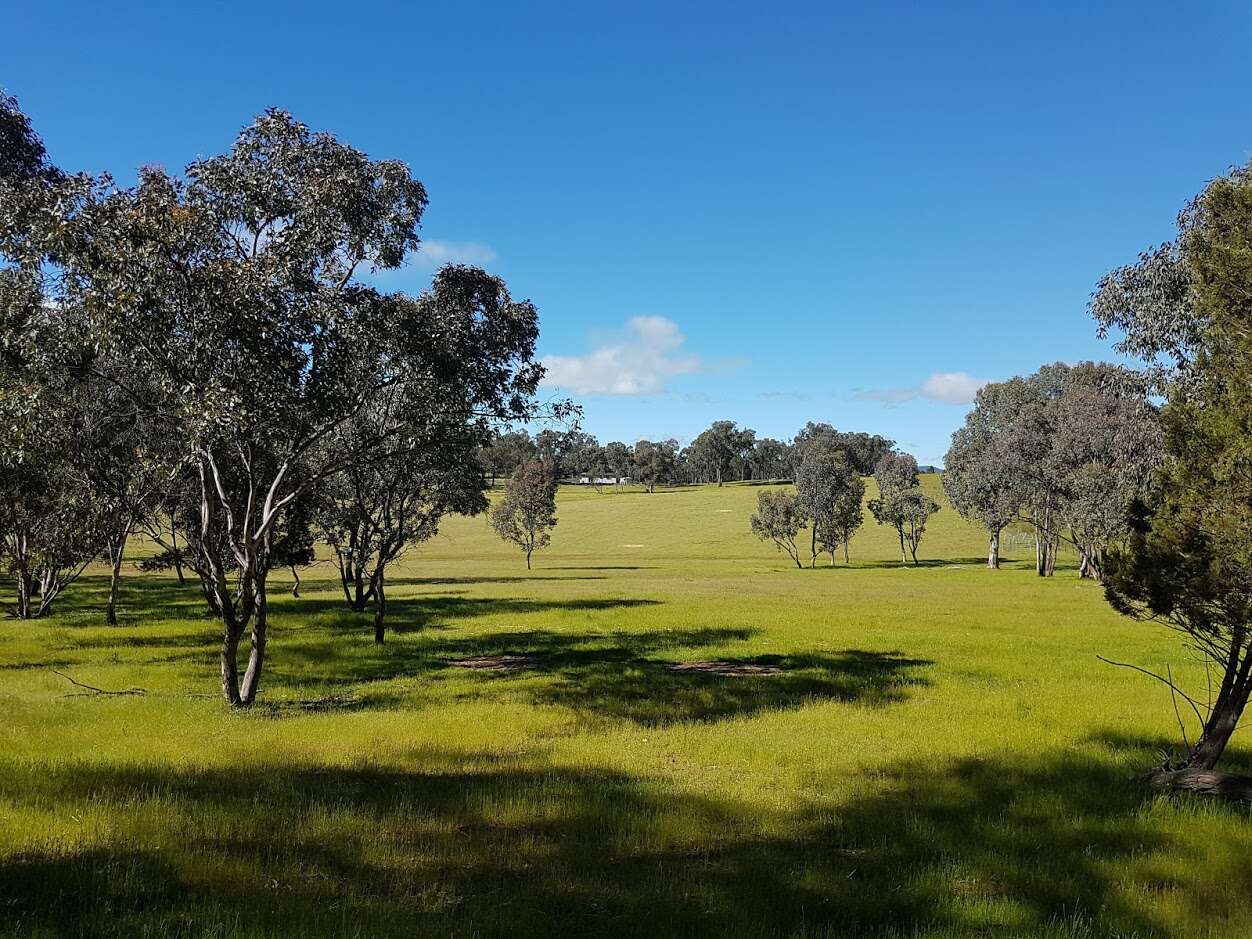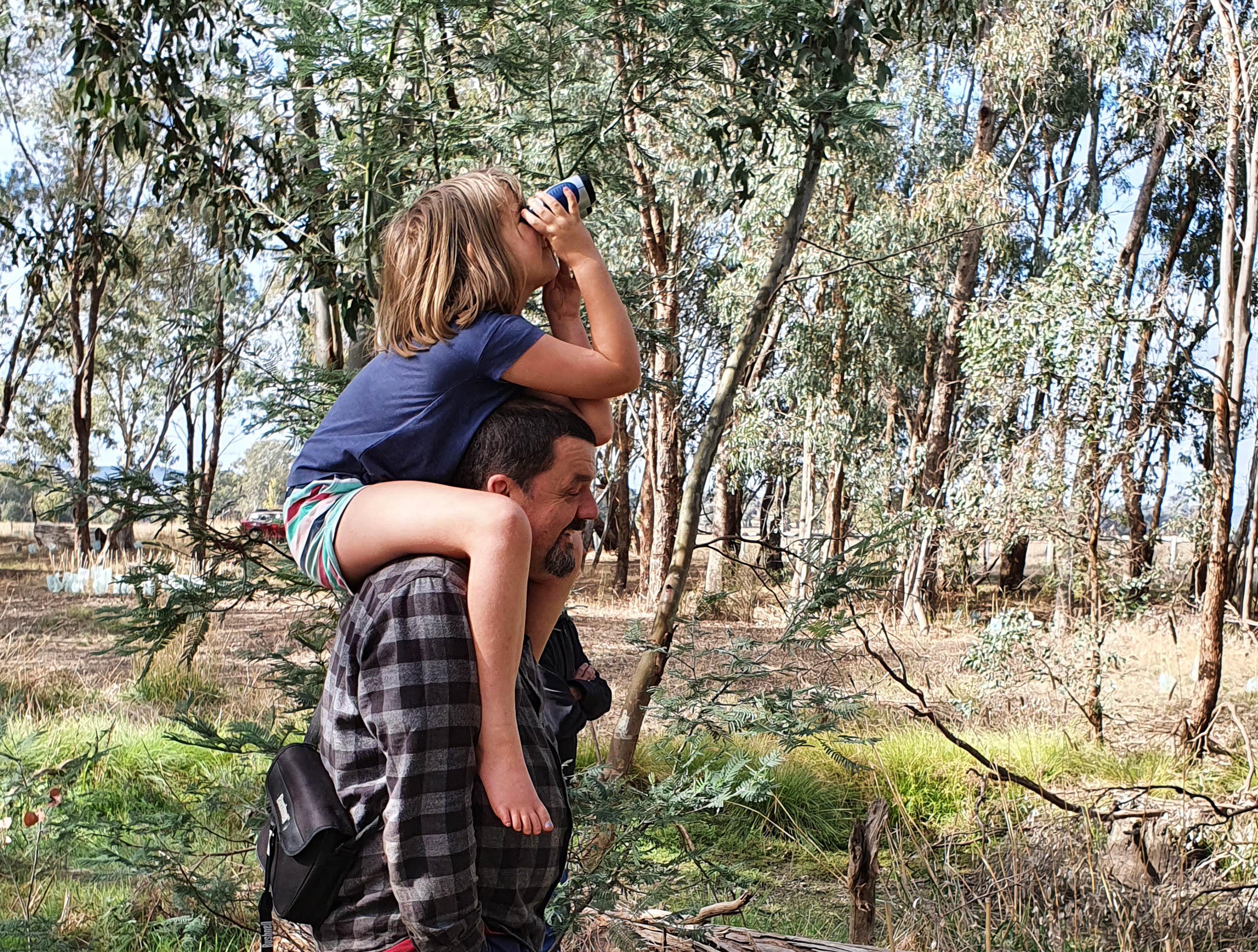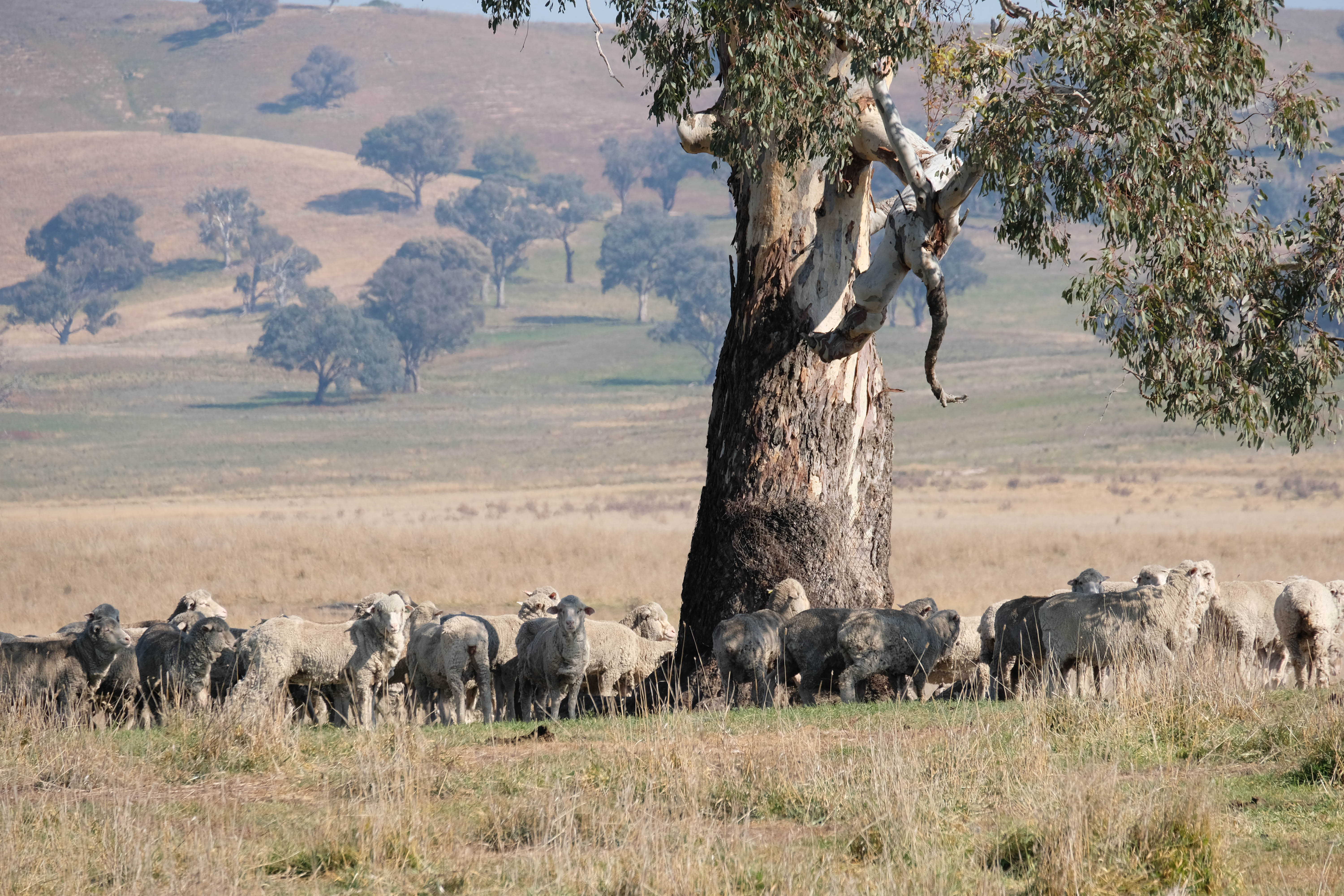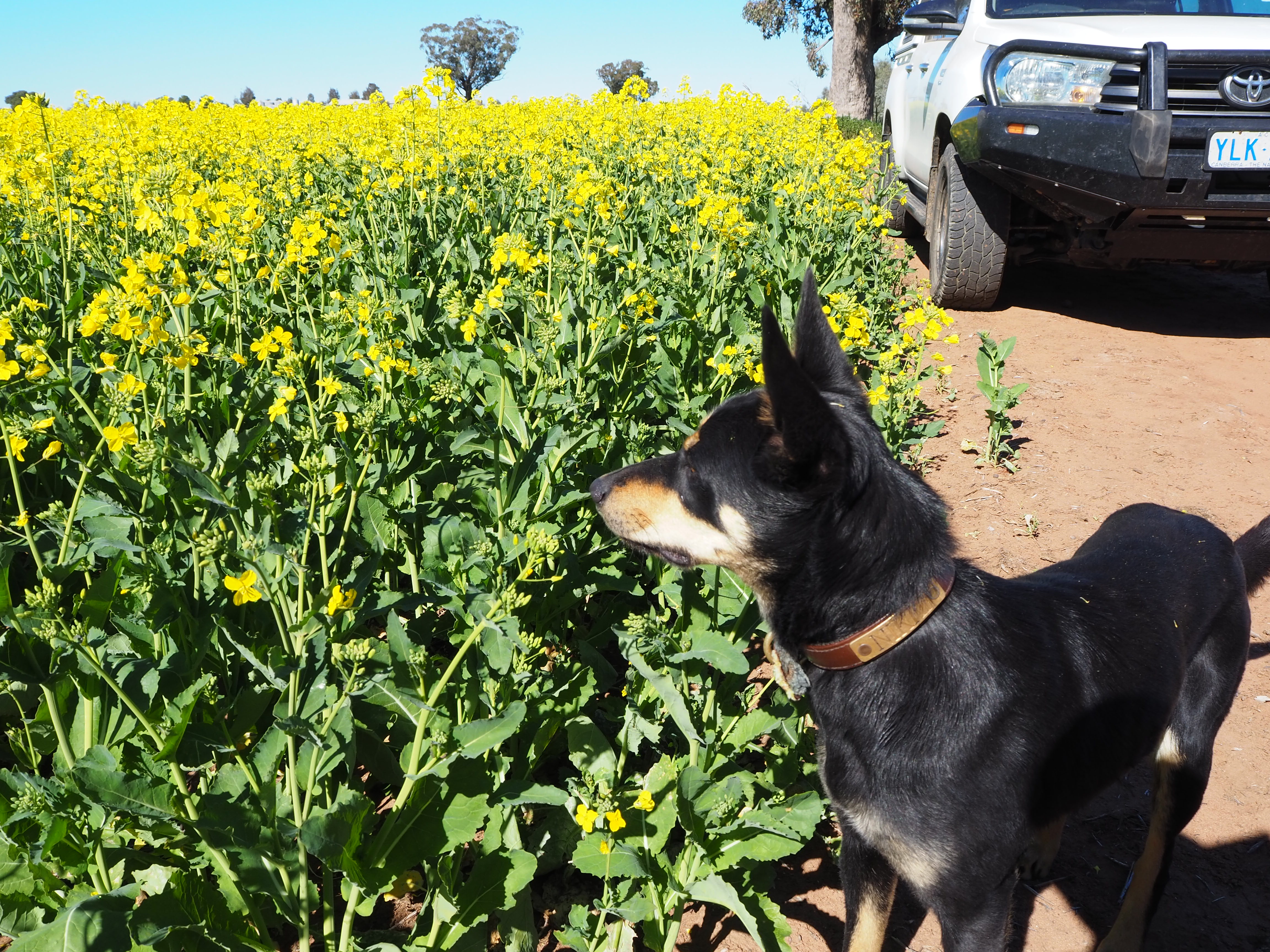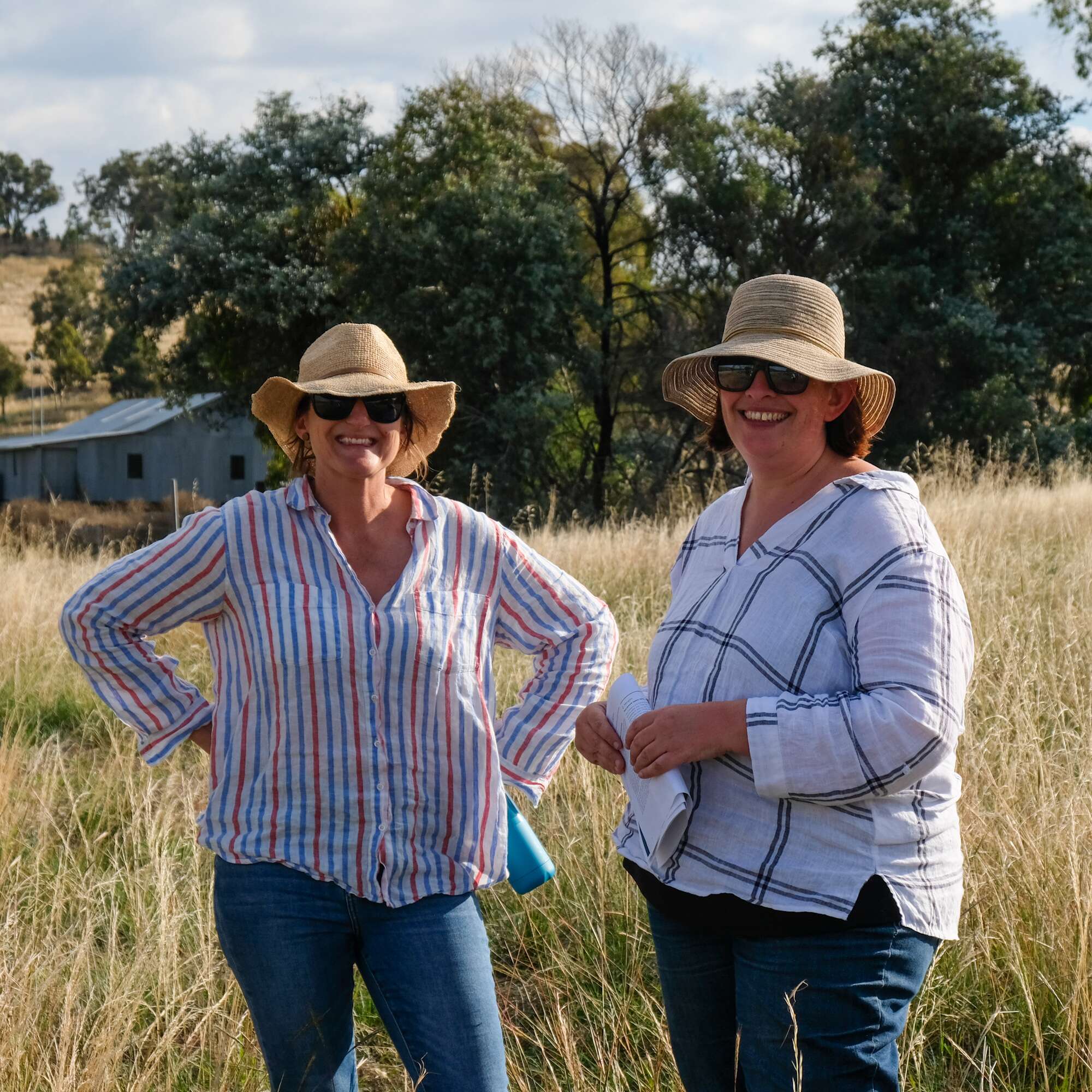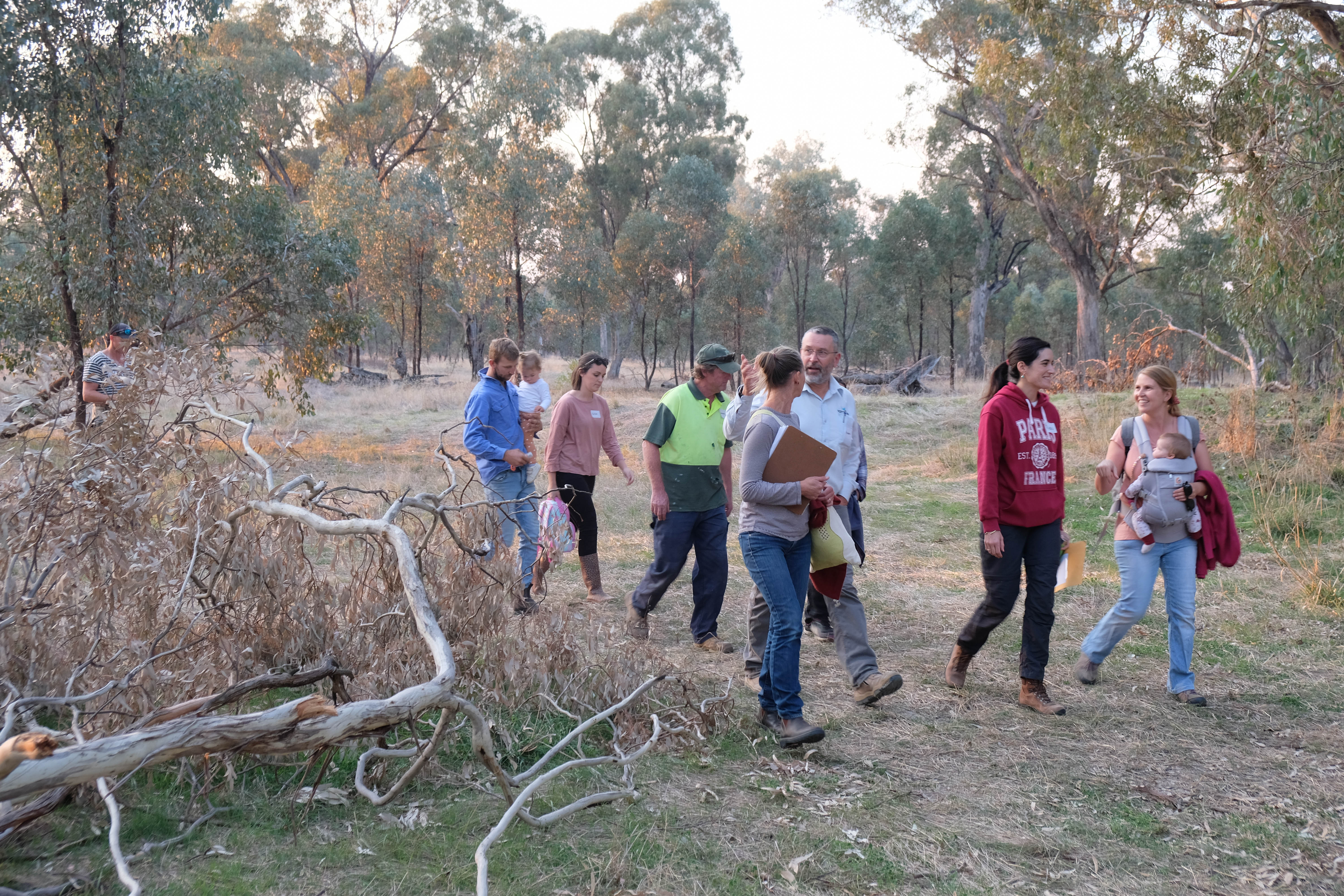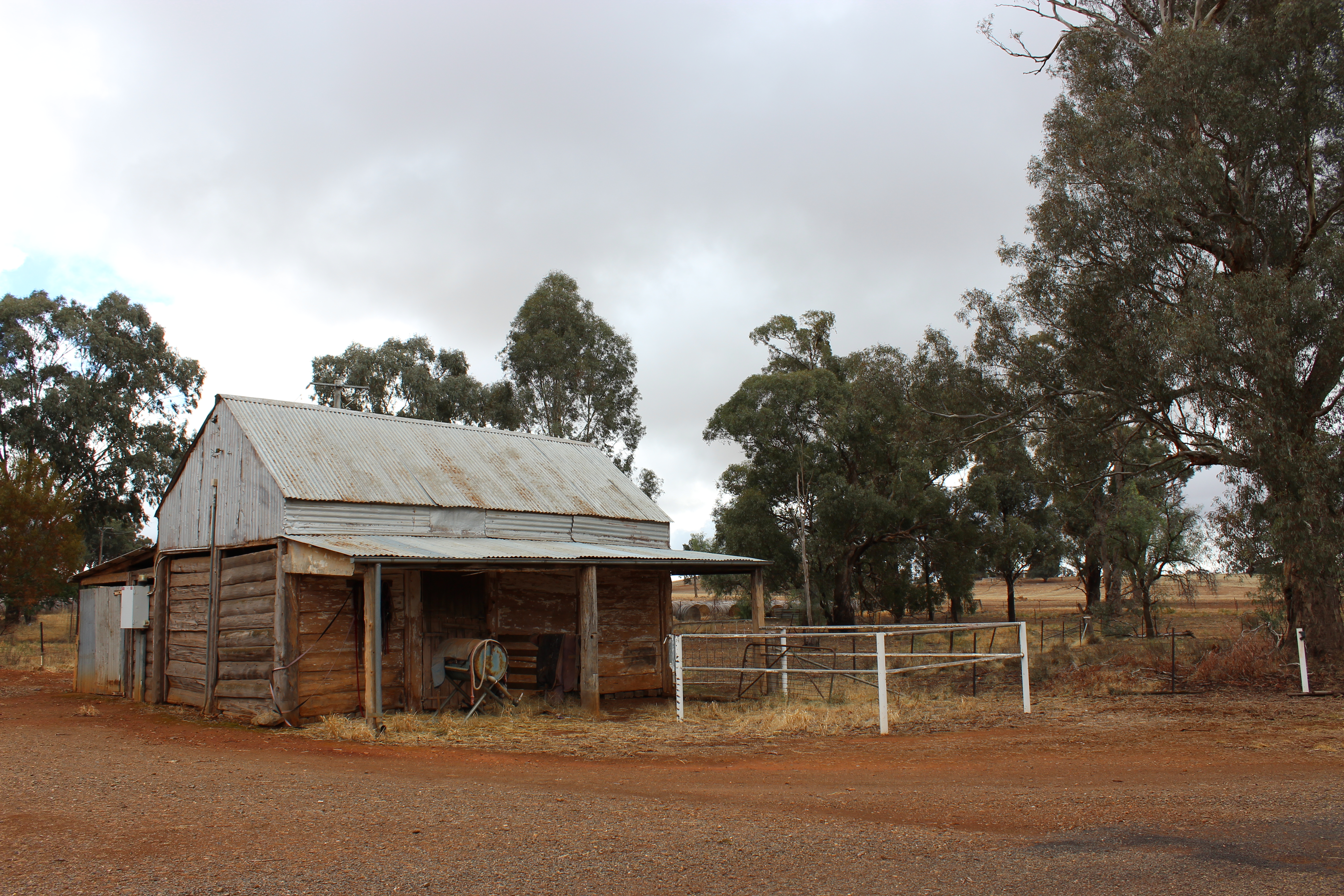Doerr, V. A. J., M. J. Davies, E. D. Doerr, S. Prober, H. Murphy, H. McGinness, and B. Hoffmann (2017) Knowledge Bank of Management Effectiveness: Technical guide. CSIRO, Canberra, Australia.
Dornelas, M., Gotelli, N.J., McGill, B., Shimadzu, H., Maues, F., Sievers, C., Magurran, A.E. (2014) Assemblage time series reveal biodiversity change but not systematic loss. Science 344, 296–299.
Lindenmayer, D.B., Wood, J. Montague-Drake, R., Michael, D., Crane, M., Okada, S., MacGregor, C. and Gibbons, P. (2012) Is biodiversity management effective? Cross-sectional relationships between management, bird response and vegetation attributes in an Australian agri-environment scheme. Biological Conservation, 152, 62-73.
Lindenmayer, D.B., Barton, P., Pierson, J. (Eds.) (2015a) Indicators and surrogates of biodiversity and environmental change. CSIRO Publishing, Melbourne.
Lindenmayer, D.B., Pierson, J., Barton, P., Beger, M., Branquinho, C., Calhoun, A., Caro, T., Greig, H., Gross, J., Heino, J., Hunter, M., Lane, P., Longo, C., Martin, K., McDowell, W.H., Mellin, C., Salo, H., Tulloch, A., Westgate, M. (2015b) A new framework for selecting environmental surrogates. Science of the Total Environment 538, 1029–1038.
Sato, C.F., Strong, C.L., Holliday, P., Florance, D., Pierson, J., and Lindenmayer, D.B. (2019) Environmental and grazing management drivers of soil condition. Agriculture, Ecosystems & Environment, 276, 1-7.
